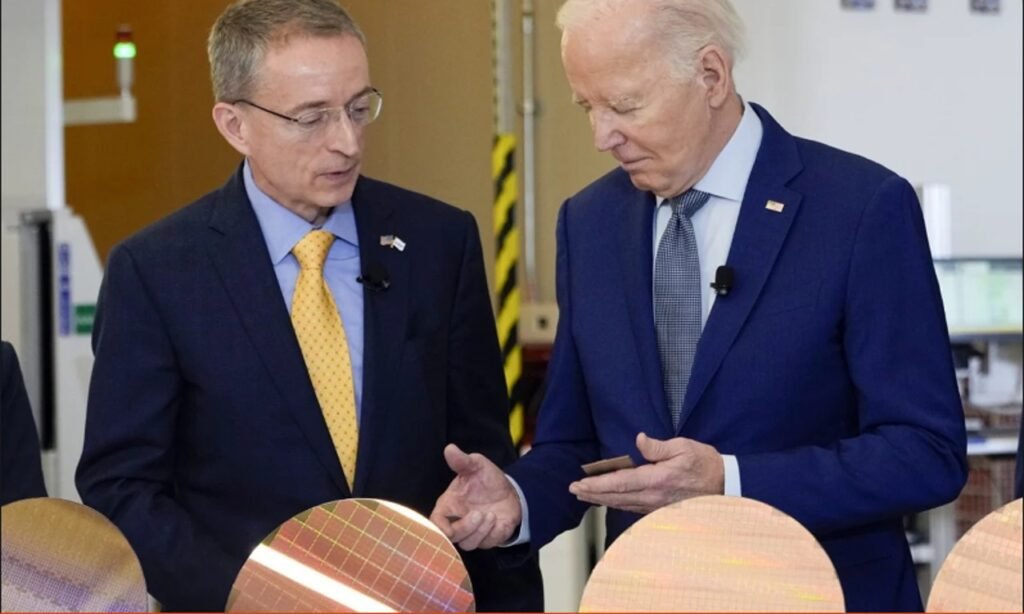“Intel discloses $7 billion operating loss for chip-making unit”. On Tuesday, Intel revealed significant operating losses for its foundry business, marking a setback as it seeks to reclaim its technological edge lost to Taiwan Semiconductor Manufacturing in recent years. The manufacturing unit reported $7 billion in operating losses for 2023, a notable increase from the $5.2 billion loss in the previous year. Revenue for the unit also declined sharply, reaching $18.9 billion in 2023, down 31% from $27.49 billion the year before.
Following the disclosure, Intel’s shares dropped by 4.3% after the filing of documents with the U.S. Securities and Exchange Commission (SEC). During an investor presentation, CEO Pat Gelsinger acknowledged that 2024 would likely see the worst operating losses for the chipmaking business. He expressed optimism, however, about reaching operating breakeven by around 2027.
Gelsinger attributed the foundry business’s struggles to past decisions, including a reluctance to adopt extreme ultraviolet (EUV) machines from Dutch firm ASML, despite their cost-effectiveness compared to earlier chipmaking tools. As a result, Intel has outsourced about 30% of its total wafer production to external manufacturers like TSMC, with plans to reduce this to approximately 20%.
Intel has since transitioned to using EUV tools, which are expected to improve cost-effectiveness and competitiveness. Gelsinger highlighted the company’s $100 billion investment in building or expanding chip factories across four U.S. states as part of its turnaround strategy, aiming to attract external companies to use its manufacturing services.
“Intel discloses $7 billion operating loss for chip-making unit”. To support this effort, Intel intends to report the results of its manufacturing operations as a standalone unit. The company is aggressively investing to catch up with its primary chipmaking rivals, TSMC and Samsung Electronics Co Ltd.




